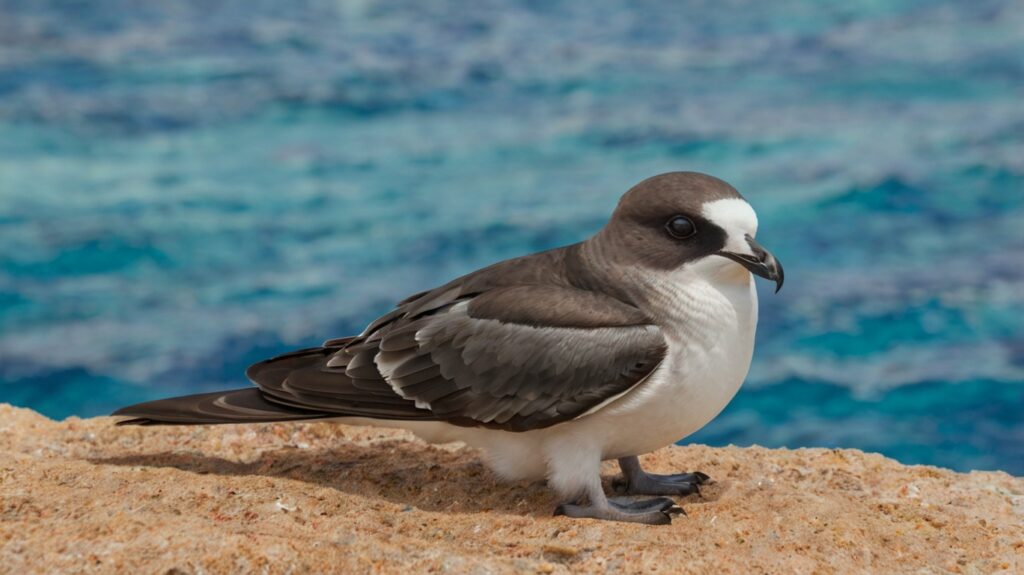Table of Contents
- Introduction
- History and Discovery
- Physical Characteristics
- Habitat and Distribution
- Behavior and Diet
- Conservation Status and Efforts
- Conclusion
- FAQs
- Tags
Introduction
The Bermuda Petrel, also known as the “Cahow”, is one of the rarest seabirds in the world. Once believed to be extinct for over 300 years, this nocturnal bird has made a remarkable comeback thanks to dedicated conservation efforts. With its haunting calls and elusive nature, the Bermuda Petrel has earned the nickname “Ghost Bird”. This article explores its history, habitat, behavior, and the ongoing efforts to protect this critically endangered species.

History and Discovery
The Bermuda Petrel was first documented by early European settlers in the 16th century. However, due to hunting, invasive species, and habitat destruction, the bird was declared extinct by the 1620s.
In 1951, a small population was rediscovered on remote islets in Bermuda, sparking hope for its survival. Since then, intensive conservation programs have helped increase its numbers, though it remains critically endangered.
Physical Characteristics
- Size: Approximately 15 inches in length
- Wingspan: Around 35 inches
- Coloration: Dark gray-brown upperparts, white underparts
- Distinctive Features: Hooked beak, webbed feet, and a haunting, eerie call
Habitat and Distribution
The Bermuda Petrel is endemic to Bermuda, nesting primarily on small offshore islets. These birds spend most of their lives at sea, only returning to land for breeding. Their nesting sites are carefully protected to prevent predation by invasive species.
Behavior and Diet
- Nocturnal: Active at night to avoid predators
- Diet: Feeds on squid, small fish, and crustaceans
- Breeding: Monogamous, with pairs returning to the same nesting sites annually
Conservation Status and Efforts
The Bermuda Petrel is classified as Critically Endangered by the IUCN. Key conservation measures include:
- Predator Control: Eradication of invasive species like rats
- Artificial Nesting Burrows: Providing safe breeding environments
- Translocation Programs: Establishing new colonies on predator-free islands
Organizations such as the Bermuda Audubon Society and the Bermuda Government have played crucial roles in its recovery.
Conclusion
The Bermuda Petrel is a symbol of resilience and successful conservation. While its population remains small, ongoing efforts offer hope for its future. Protecting this rare seabird ensures the preservation of Bermuda’s unique ecological heritage.
FAQs
1. Why is the Bermuda Petrel called the “Ghost Bird”?
Due to its nocturnal habits and eerie vocalizations, early sailors believed it was a spirit.
2. How many Bermuda Petrels exist today?
As of recent estimates, there are around 150 breeding pairs.
3. What are the biggest threats to the Bermuda Petrel?
Invasive species, habitat loss, and climate change-induced storms pose significant risks.
4. How can I help conserve the Bermuda Petrel?
Supporting conservation organizations and spreading awareness are key ways to contribute.
